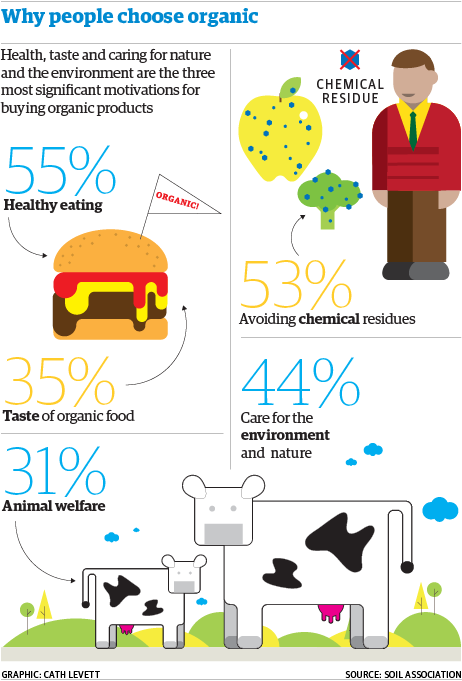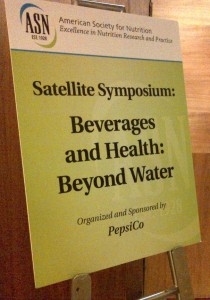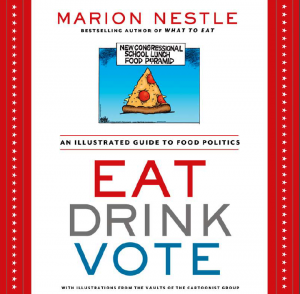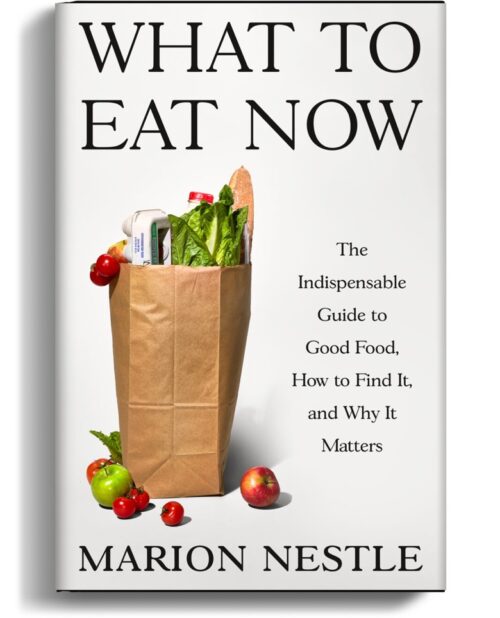Coke’s latest marketing campaign: your name here
A reader, Alice Campbell, writes:
Dr. Nestle,
Coca-Cola’s new product marketing, “Share a Coke with “insert name here”” has got me thinking. I will admit, initially my thought on the topic was limited to disappointment at the limited chances of finding a can with my name on it. However, I have been pondering, is this marketing strategy an attempt by Coca-Cola to avoid responsibility for the health consequences associated with selling an sugar filled, unhealthy product? Will they attempt to claim that that the suggested serving sizes is half of the container because they are suggesting you share? I have not observed an increase in people sharing their can of Coke. Your thoughts on the issue would be appreciated.
Love the question, particularly because I was given one of these, name made to order. This can is most definitely not to share, not least because it’s the 7.5-ounce size (nevertheless, 90 calories and a whopping 25 grams of sugar).
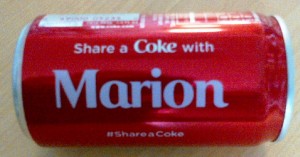
Don’t you wish you had one with your name on it?
That’s the point. This has been one of Coke’s most successful public releations campaigns, ever.
But Share a Coke has generated criticism that it violates Coke’s promise not to market to kids. In Ireland, the cans appear with the 100 most popular names of children ages 7 and 8.
In countries like Pakistan, the cans are labeled with “mama” or “papa,” again raising questions about the target age group.
The campaign may be generating buzz—it’s fun to see your name on a Coke can— but once you have one, that’s it. Share a Coke is fizzling as a sales generator.
Better get your collectors’ item now!

